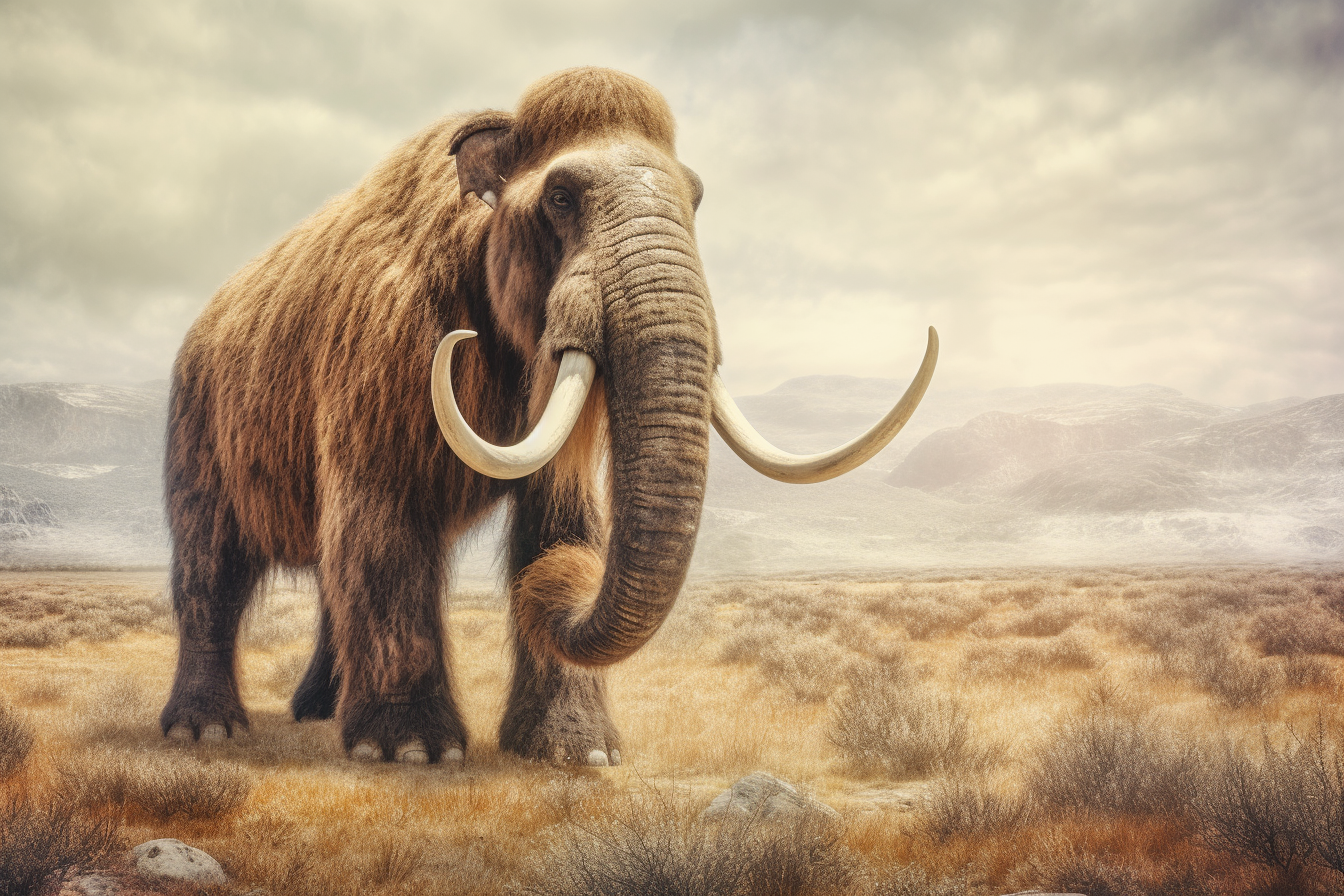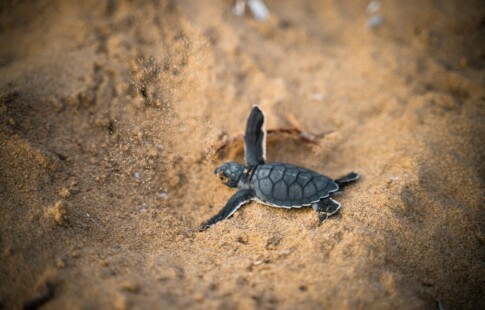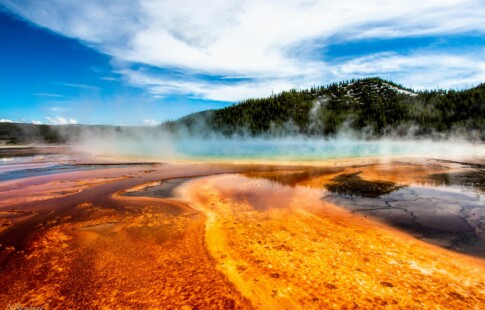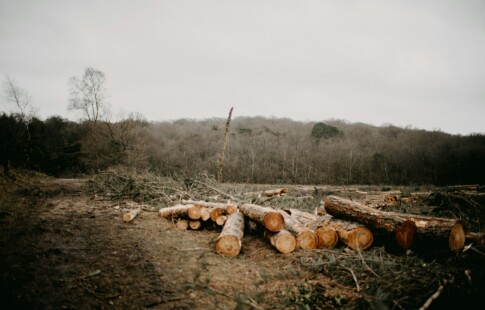
Should Cloning Bring Back Extinct Species?
We are reader-supported. When you buy through links on our site, we may earn affiliate commission.
Cloning has been a contentious topic since a team of Scottish scientists presented Dolly the cloned sheep to the scientific community on July 5, 1996. While we’ve been exploring the wonders of DNA and the various animal genomes, the question on many people’s minds is: Can we use cloning to resurrect extinct species, or to help preserve species that are on the brink of extinction? And more importantly, should cloning bring back extinct species and use these skills to meddle with Mother Nature?
Smilodons, Tasmanian Tigers and Mammoths, Oh My!
Jurassic Park popularized the idea of cloning dinosaurs from DNA found in fossilized mosquitoes. While the science behind the book was sound, it also has a big problem. Even if we managed to find a sample of dinosaur DNA in a fossilized mosquito, it wouldn’t be enough to clone a dinosaur.
Mammals, on the other hand, are another story entirely. Not only did they live closer to our current time — relatively speaking — but many of them died out during the last ice age, meaning their bodies were likely frozen and much better preserved.
Other animals, such as the Tasmanian tiger, have been extinct for fewer than 100 years. Though there have apparently been credible sightings as recently as 1983, none of these sightings have ever been confirmed.
It could be entirely possible to clone extinct mammals by splicing the DNA harvested from these well-preserved corpses in a similar animal. One example would be using an elephant ovum to clone a mammoth.
The biggest issue is whether or not we should. How would an animal that’s been extinct for thousands or millions of years react to an unfamiliar world? If released into the wild, how would they affect the existing ecosystem?
Cloning for Conservation
Sheep aren’t the only animals that have been cloned in the last 20 years. Mice, fish, goats, cows, pigs and other domesticated animals have been the subject of cloning experiments. Most recently, a Shanghai-based team successfully cloned a pair of long-tailed macaques.
These successes are fantastic advances in the field of cloning. However, researchers have done much of this work in and for a lab. Could these clones, or clones of animals that are currently facing extinction, help improve conservation efforts around the globe?
Despite many breakthroughs, cloning is still a developing technology. Dolly the sheep died of a lung infection that is usually more common in sheep twice her age. While the researchers claim the cloning had nothing to do with her early demise, the source of her base genetic material was a 6-year-old sheep. This means her telomeres — the part of DNA that indicates the age of a cell — were much shorter than they should have been for an animal of her age.
There is also the argument that cloning either extinct animals or animals that are currently facing extinction could hurt conservation efforts — primarily because of the Herculean efforts it would take to help these cloned animals adapt to life in the wild. Even if we don’t consider the cost of the cloning by itself, the effort of caring for these animals could easily absorb what little money is in the budget for conservation efforts.
If it doesn’t jeopardize current conservation efforts it might be worth the effort. But currently there are much better ways to spend that money.
What Could This Lead To?
Animal cloning and genetic manipulation have moved out of the realm of science fiction and now sit firmly in the realm of science fact — but what can these new advances lead to?
If accomplishments with non-human animals are any indication, the next step is to move into human cloning and genetic manipulation. China is already ahead of the game in this respect — they have used the gene-editing technique known as CRISPR on 86 different human patients, reportedly causing up to 15 deaths, though only half of those were a direct result of the gene therapy.
If science fiction has taught us anything, it’s that human cloning and gene editing can be extremely beneficial, but it also has the potential to become incredibly detrimental. Just look at the Eugenics Wars from Star Trek. Genetically manipulated super-humans went to war with “normal” humans because they perceived them to be inferior. Similarly, the Bioshock video game series created insane creatures called Splicers by offering them genetic manipulation from vending machines.
Should Cloning Bring Back Extinct Species?
These are just a few samples of the arguably fictional consequences of cloning and genetic manipulation, but there are hundreds more. For instance, this would have major implications for human health and reproduction.
Should we be making an effort to clone extinct or nearly extinct species? Not until we’ve perfected the science and have a better idea of how these species will affect our current ecosystem. We know we can — now, we need to start thinking about whether we should.
Share on
Like what you read? Join other Environment.co readers!
Get the latest updates on our planet by subscribing to the Environment.co newsletter!
About the author

Jane Marsh
Starting from an early age, Jane Marsh loved all animals and became a budding environmentalist. Now, Jane works as the Editor-in-Chief of Environment.co where she covers topics related to climate policy, renewable energy, the food industry, and more.





